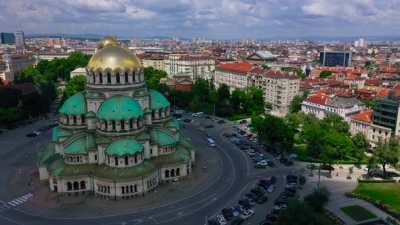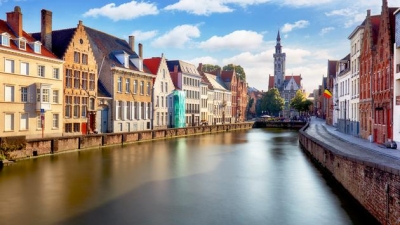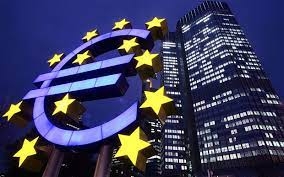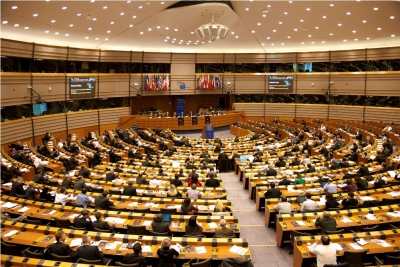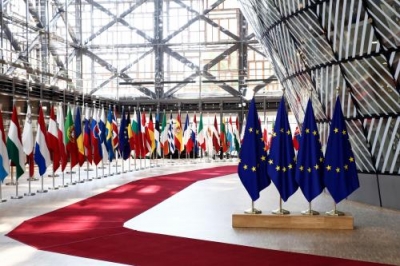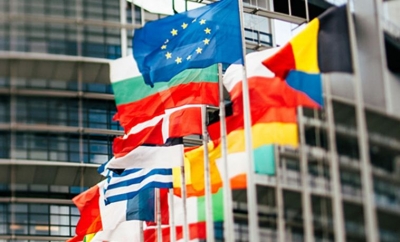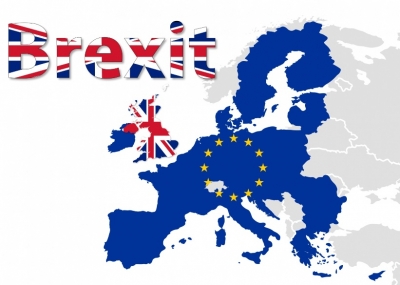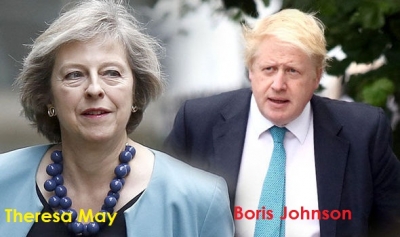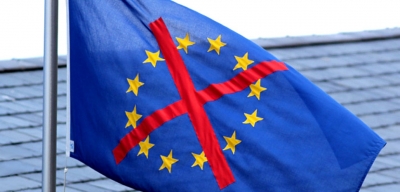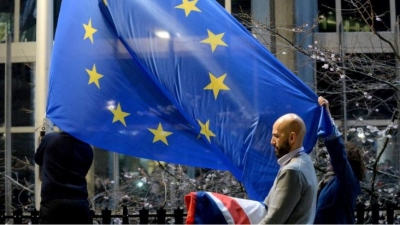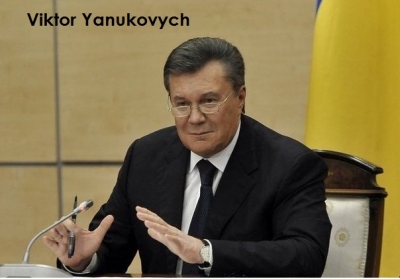What is the history of Croatia in the European Union?
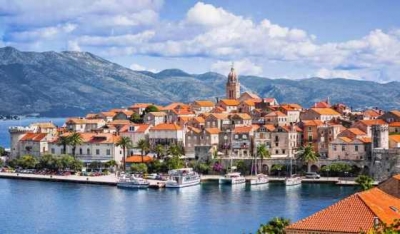
Croatia is a nation that shares borders with Slovenia, Hungary, Serbia, Bosnia-Herzegovina, and Montenegro. Its capital is Zagreb.
Croatia is a parliamentary republic in which the prime minister is the head of the government, and the president is the head of state. The government exercises its duties across three levels, the legislative, executive, and judicial.
Croatia joined the EU on the 1st of July 2013, after going through an accession period of 10 years. The journey was not a smooth one either. As a condition of joining, the government had to co-operate in prosecuting crimes that happened during the civil war during its break-up from Yugoslavia. It also had to address the issue of heavy pollution of the Danube, Drava, and Neretva rivers and the air pollution caused by metal industries that affected its air quality.
Croatia has reaped significant financial rewards from joining the EU, and its foreign trade has soared. In the five years after joining, Croatian exports rose by 56 per cent. The country was given access to 10.7 billion euros in grants from EU structural and investment funds. However, Croatia uses the national currency, the kuna, and not the euro.
Croatia has 12 representative members in the European Parliament who are elected by the Croatian citizens. It gained the 12th seat when the U.K. seats were reallocated after Brexit. Croatia also held the presidency of the Council of the European Union in the first six months of 2020.
The country holds a special place in the EU because it is the most recently joined member country.
Picture Credit : Google
